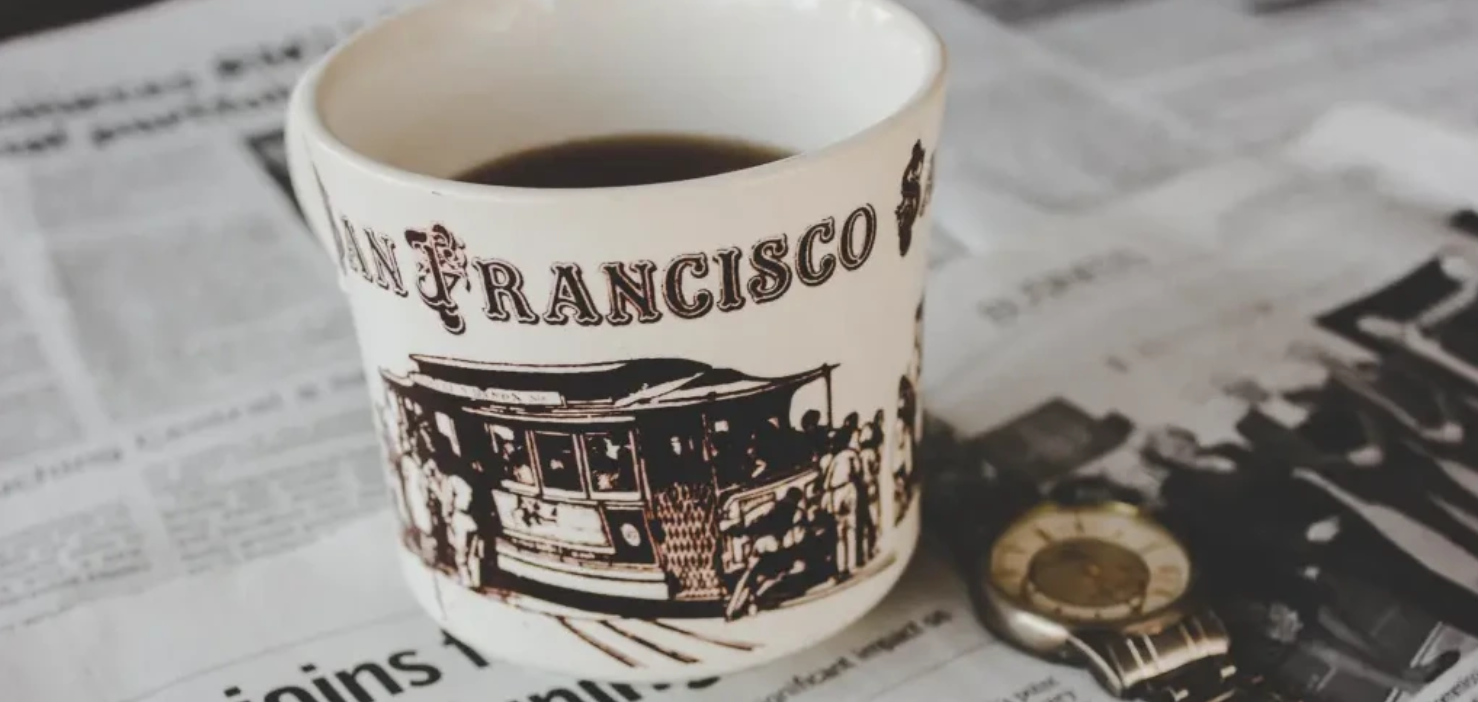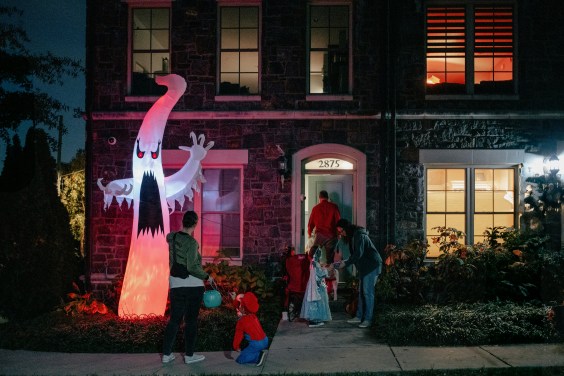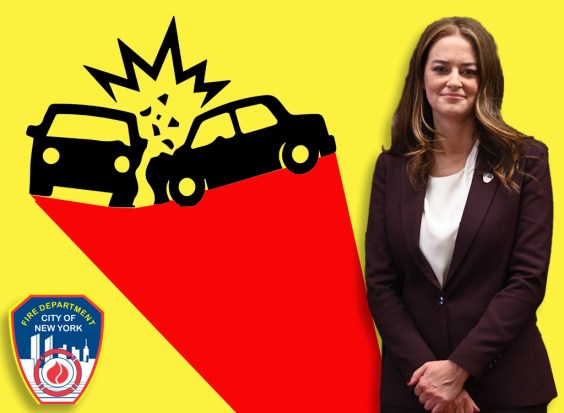Here are two short Streetsblog news nuggets. Skip the second one if you want to enjoy your weekend.
First, the good news: VTA joins regional measure
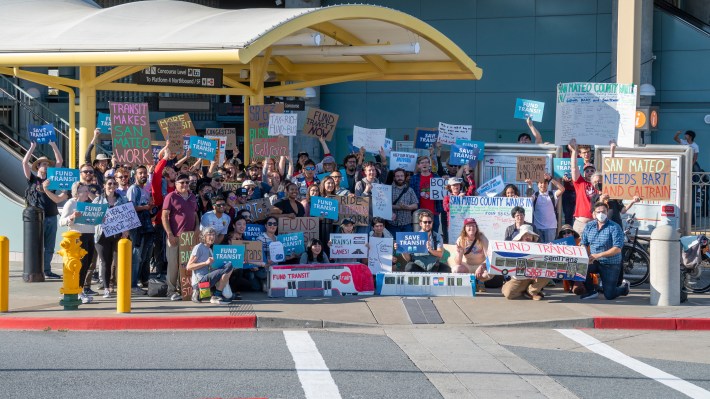
We reported on Thursday that SamTrans's board of directors voted to join SB 63, the 2026 regional measure to fund transit operations. Thursday evening the Valley Transportation Authority board also voted to join. From Scott Wiener's office, co-sponsor of the legislation:
In two overwhelming votes, the boards of SamTrans and Santa Clara Valley Transportation Authority (VTA) voted to join the regional transit funding measure authorized by Senator Scott Wiener (D-San Francisco) and Jesse Arreguin (D-Berkeley)’s Senate Bill 63. The votes are a show of support for the measure and mean the measure will be expanded to include five counties: Alameda, Contra Costa, San Francisco, Santa Clara, and San Mateo. If approved by the Legislature, SB 63 will authorize the Bay Area to place a measure on the November 2026 ballot.
"This victory is thanks to the thousands of Bay Area residents like you who took action. For the past several months, we rallied; called, emailed, met with legislators; spoke at board meetings; and raised our voices to elevate the need for Santa Clara and San Mateo to opt in and protect funding to save service and 'transit transformation' initiatives that make taking transit more seamless, affordable and accessible," wrote Seamless Bay Area in a statement about the vote.
Now the bad news: all six RSR Bridge lanes to become car lanes in October
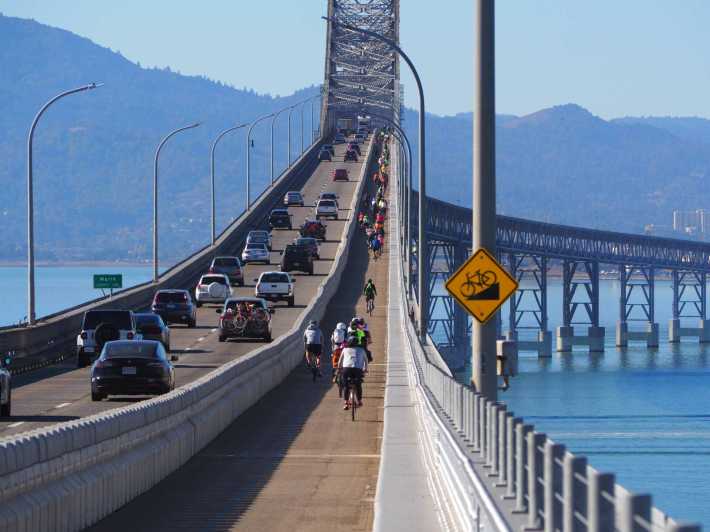
In a giant F.U. to sustainability, cycling for basic transportation, and all that stuff, the Bay Conservation and Development Commission (BCDC), supported Caltrans and the Metropolitan Transportation Commission's plans to close the Richmond-San Rafael Bridge bike lane on weekdays. That means starting in October, all six lanes of the bridge will be for cars (and maybe some hand-wavy additional bus service?) during the work week in this supposed "compromise."
The Marin County Bicycle Coalition, one of several groups that worked like hell to stop this regressive move, pointed out that "75 percent of public comments were in favor of 24/7 access for trail users. Of the 350 comments submitted online, 88 percent were also pro-bike access." But in the end, it didn't seem to matter to the car-brains in charge.
Also from the MCBC:
So how did we get here?
Misleading Coverage: media portrayals, such as headlines blaming the Richmond–San Rafael Bridge bike lane for traffic delays, have been simplistic and skewed, pointing to emotional rhetoric over factual reporting.
Bridge congestion was already rising before the bike lane was introduced. It rose 28 percent from 2010 to 2019. This was due to housing shortfalls, sprawl, car dependence, and lack of affordable housing and transit, not bike infrastructure.
"The Bay Area Toll Authority (BATA) admitted in their findings that the multi-use path had no significant traffic impact. In fact, there was an overall crash reduction. Adding a breakdown shoulder simply won’t fix a problem we’ve had for decades," they added.
From Streetsblog's view, this is just more evidence that the region, as with most of North America, remains stuck in an asphalt addiction loop best summed up by influencer Alan Fisher's "Just one more lane" video short (Fisher would agree bikes and trains are the solution, not more car lanes).

